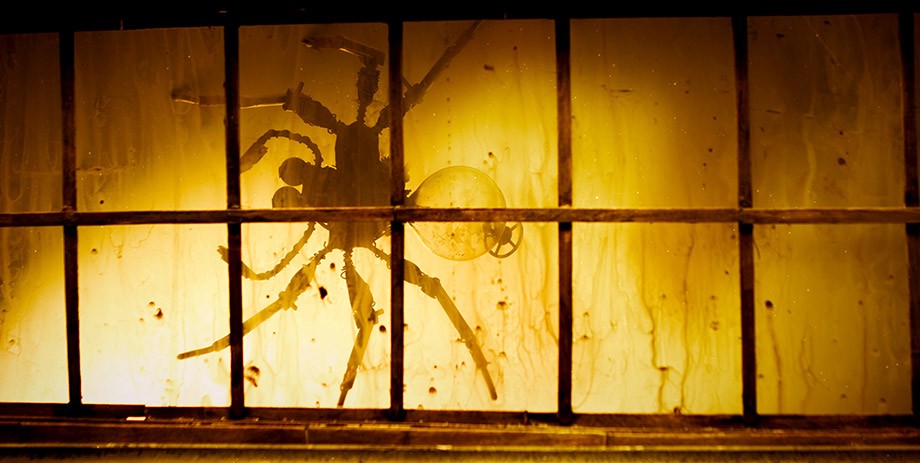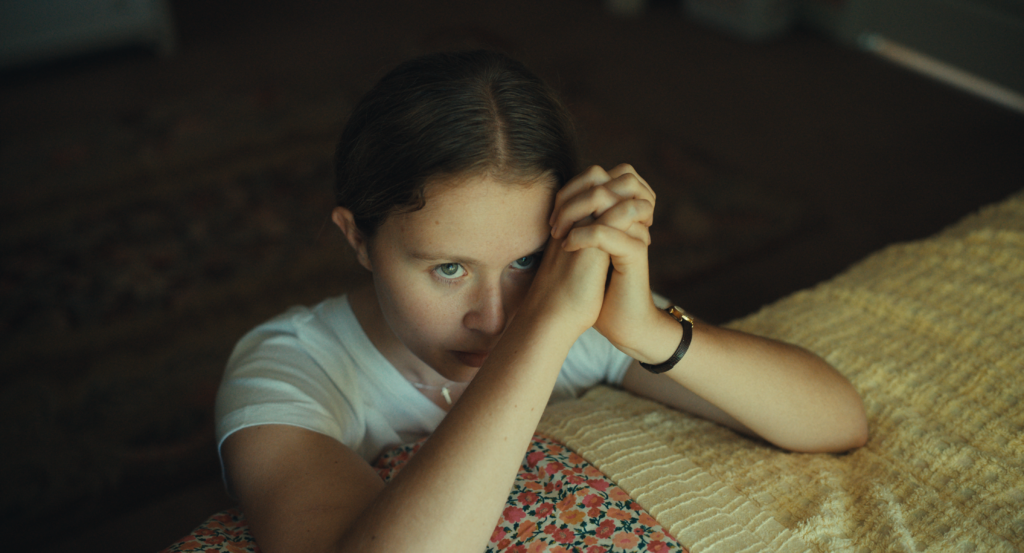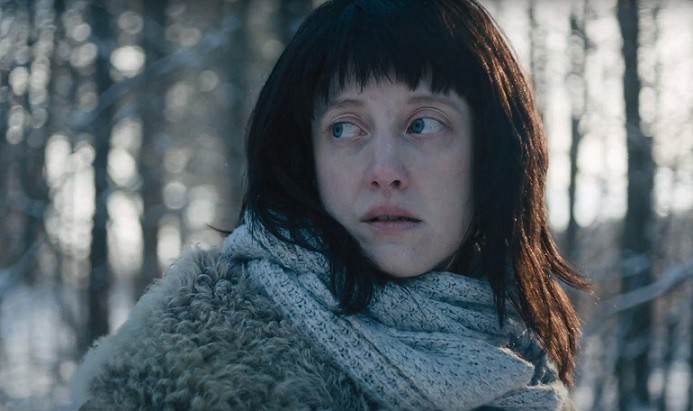Amanda Strong is a filmmaker and media artist working in Toronto, Montreal and Vancouver. Making use of diverse media (film, photography and illustration) and artistic collaboration, her work seeks to create meaningful bridges via the creation of imaginary worlds, crossing traditional film genres of documentary, animation and narrative. Just as important is her engagement with community.
Strong’s work has been exhibited and screened worldwide, including her latest short animation Indigo, which was selected for the 2014 Cannes Short Film Corner and an official selection of the 2014 Toronto International Film Festival. (Press materials)
Indigo played at the Toronto International Film Festival as part of the Short Cuts Canada Programme 3.
WaH: Please give us your description of
the film playing.
AS: Indigo is a stop-motion animation exploring themes of imagination and the inner child via dolls and miniatures. The piece reflects Indigenous principles of the medicine wheel, stories of Grandmother Spider, [and] personal experience. These teachings are embedded within the worlds in which Indigo, a confined woman, is liberated by Grandmother Spider while opaque memories restore her spirit as life nears its end.
WaH: What drew you to this story?
AS: The concept is something I had been working on for many years. I have always been interested in the relationship between the logical mind and imagination and the impact of our surroundings as we age. I worked with writer Daniel Fischer to help create a screenplay that would integrate these ideas with Indigenous teachings of the medicine wheel and Grandmother Spider. The script was to help set the tone for the animated world of Indigo’s journey.
WaH: What was the biggest challenge in
making the film?
AS: There were many challenges making this piece. Indigo was my first stop-motion animation and largest collaboration to date. The structure of pre-production and being able to communicate my vision to team members at various stages were a challenge, as well as unforeseen exterior forces that caused destruction to the project. I was grateful to have worked with many collaborators who helped me through the challenges and used their expertise to guide me and help see the project through.
WaH: What do you want people to think
about when they are leaving the theatre?
AS: This piece allows for personal interpretation. No one will see or interpret this film the way I do, and I am okay with that. If people can feel something in their own imagination, then I feel I have accomplished something.
WaH: What advice do you have for other
female directors?
AS: In Indigenous cinema, women play a large role, especially among directors, which is very different from mainstream filmmaking. I am fortunate to be surrounded and supported by so many female directors. Women hold a unique perspective and sensitivity to storytelling, and I feel it is important that women follow their passion to direct and put vision into great stories.
Don’t ever let anyone stop you or discourage you from what you want to do — there are so many people out there to offer a hand to help you to the next stage of learning.
WaH: What’s the biggest misconception
about you and your work?
AS: Many people feel I am gothic-creepy or super-dark in nature due to the visual aesthetic in my work. It is simply how I express myself visually, and I am comfortable in creating these worlds.
WaH: How did you get your film funded?
AS: The project was generously supported by the Canada Council for the Arts, the Ontario Arts Council, and the National Film Board Filmmakers Assistance Program. In addition to that funding, there were countless hours by many crew members donated to help get the project completed.
WaH: Name your favorite woman-directed
film and why.
AS: Kanehsatake: 270 Years of Resistance by Alanis Obomsawin is my favorite woman-directed film. Alanis is such an inspiration to not just Indigenous women in film, but all women in film. Her spirit and dedication to educating the world of aboriginal issues in Canada is admirable, as she is still going strong at the age of 82. It is an honor to have her works as something to aspire to, and it is my hope that I can continue to make pieces that embark on social change and awareness. Her works bring tears to my eyes and reminds me of the importance of documenting stories and using this medium as a gift to share and help others.







